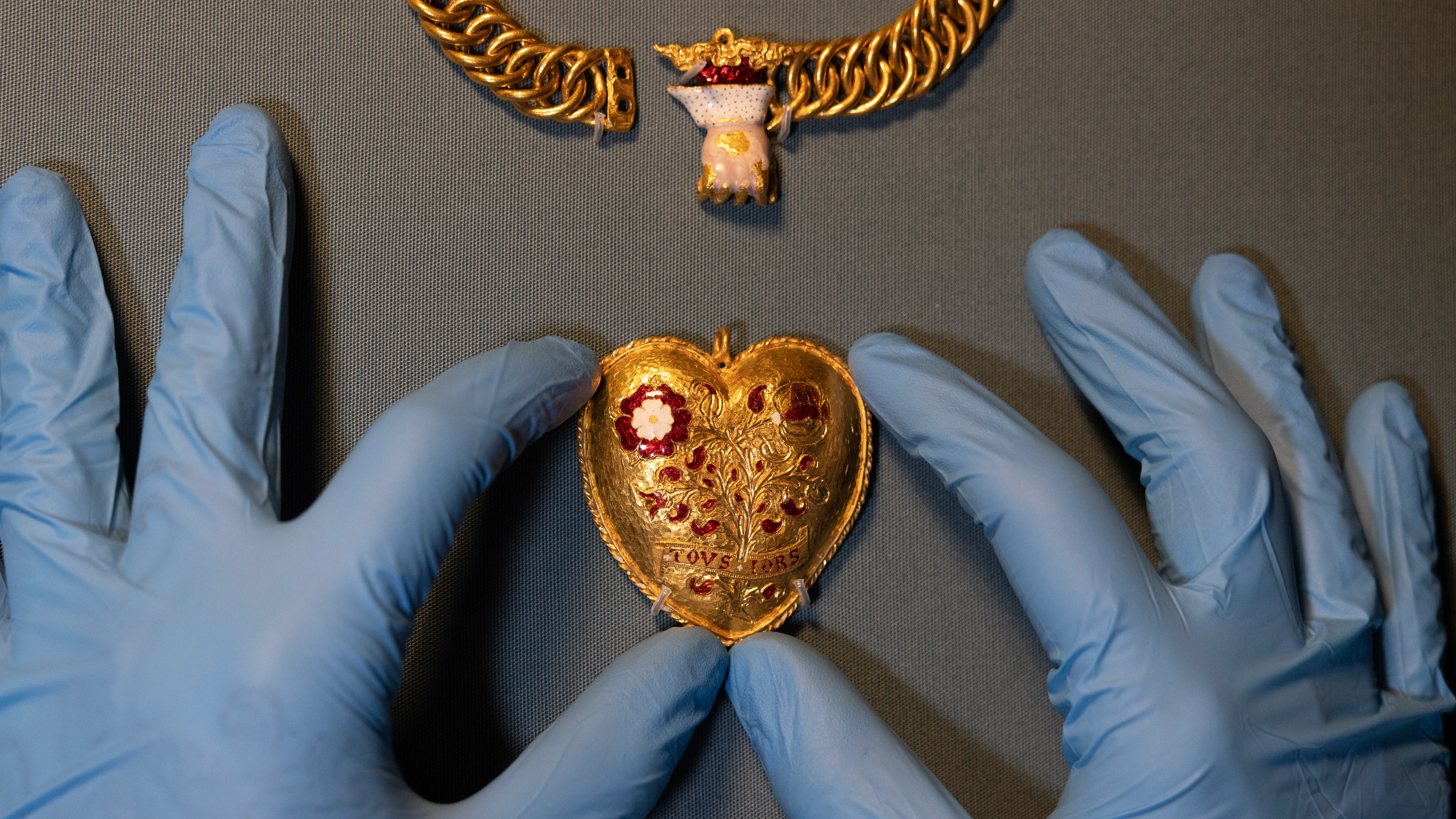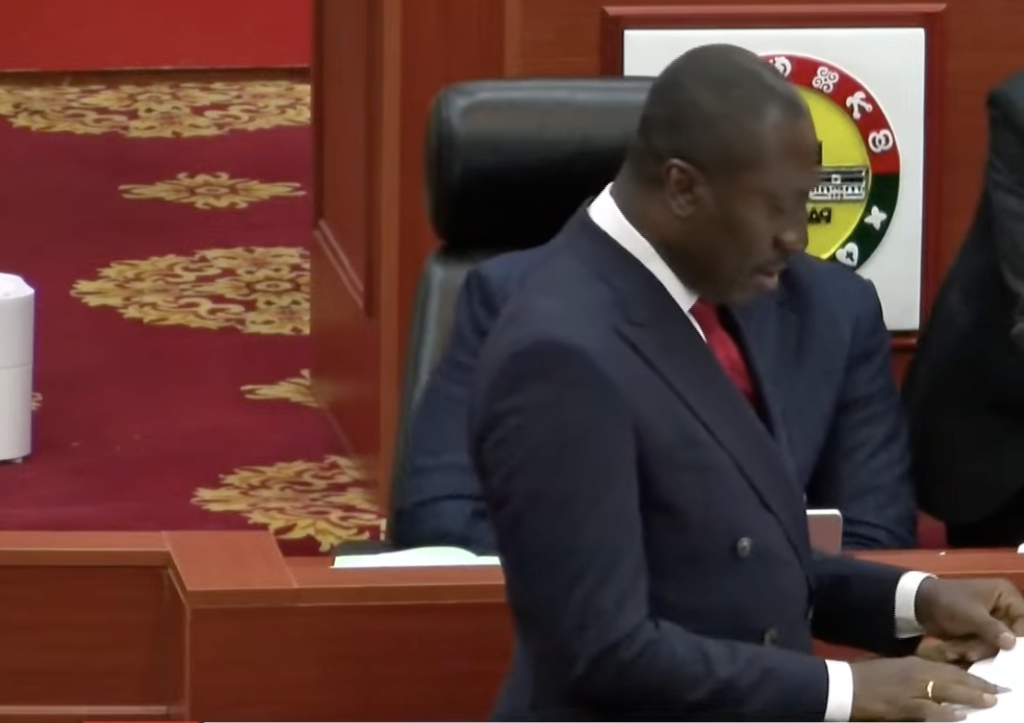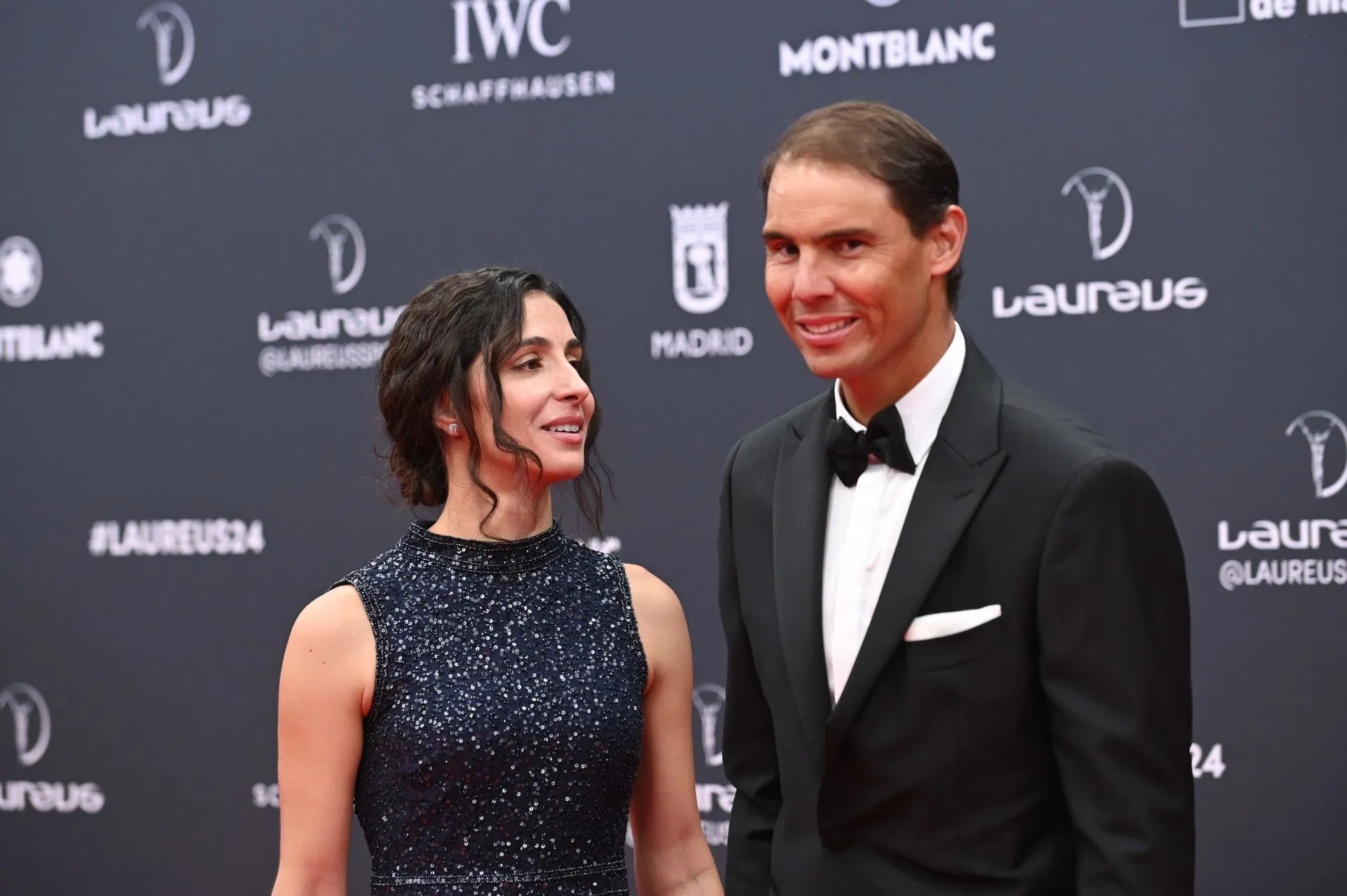Copyright vanityfair

Now, however, a jewel from the era is making headlines for both its unlikely discovery, but for its historical implications and the British Museum's fundraising campaign to acquire and continue displaying it. A heart-shaped locket may be proof of a real love story between Henry VIII and Catherine of Aragon, even amidst the other dramatic events that characterized the reign of the second monarch of the Tudor dynasty. In 2019, Birmingham cafe owner Charlie Clarke was walking through a field in Warwickshire with a metal detector he'd purchased some six months earlier. His hobby walk resulted in the discovery of a heart-shaped pendant now called the Tudor Heart. A beep alerted Clarke to the presence of something near a drained pond, so he decided to start digging. He thought it would be the usual coins; instead he unearthed a chain and an ornate pendant, all made of solid gold. It's a find that Nicholas Cullinan, the director of the British Museum where the heirloom is currently on display, called the piece “perhaps one of the most incredible pieces of English history to have ever been unearthed.” There are many mysteries surrounding the Tudor Heart, including how that pendant got to that field, a question that may never be answered. After being painstakingly analyzed in every detail from a scientific as well as historical point of view, the relic has been confirmed as a genuine one of the era. It may have been created for the couple's daughter, Princess Mary, with markings representing both her parents and their love for one another. The heart-shaped locket pendant is attached to a 75-ring chain through a fist-shaped clasp. Everything was made with pure gold. On the front is an enameled decoration depicting a pomegranate bush, the emblem of Catherine's family and a symbol of fertility, on which a red and white Tudor rose, Henry's symbol, stands out while behind are the initials of the two, “H” and “K” (Katherine, Catherine in English). It reads “tousjors” on the ribbon engraved on both sides. That means “always” in Old French, but Rachel King, the scholar who curates the European Renaissance section at the British Museum, suggested that it may also be meant as a pun between “tovs” and “iors,” which would be to say “all yours” in Old Franglais, a language melding French and Old English. Many hypotheses have been made to contextualize the jewel, and not all of them are so romantic. The British Museum theorized that the heart-shaped pendant could have been created at a tournament held in 1518 to celebrate the betrothal between Mary, the daughter of Henry VIII and Catherine of Aragon, who was just two years old, and the Dauphin of France Francis of Valois, only eight months old. The match would make Mary the first reigning queen, ruling England in her own right. Those two initials, along with the hand holding the pendant intended as divine intervention in that relationship, as well as the two intertwined coats of arms, the pomegranate and the Tudor rose, may not only symbolize the union between the two, but also the diplomatic alliance and ambition of what we would today call a power couple. Their union lasted 24 years (1509-1533) and was Henry's longest lasting marriage. The heart may have been merely a gift from someone of high rank; there is no record of the pendant in the inventories of the rulers' jewelry from that time. Indeed, the find is even more interesting because jewelry from the era is exceedingly rare. Actor Damian Lewis, who played Henry VIII on the BBC's Wolf Hall, has signed on to help the British Museum launch a fundraiser aimed at raising £3.5 million (roughly $4.66 million) to ensure that the Tudor Heart remains in the British Museum. If it's auctioned off, it's at risk of becoming part of an inaccessible private collection. Lewis, in a post about the campaign, called the necklace “a historical treasure.” There is a law in the UK that allows museums and galleries to acquire objects of historical significance. The proceeds from the sale will be split in half between the person who found the jewel and the owner of the land. Charlie Clarke, the Birmingham bartender, dreams of providing the best possible education for his children with that eye-popping sum. The museum is led by Cullinan, who knows a thing or two about impactful fundraising, as evidenced by the recent Pink Ball gala fundraiser, which was chock-full of celebrities in high spirits enlivening the halls of the London institution. Even now, 500 years after the royal drama, the issue is a thorny and consequential one, with the fallout still being actively managed. In pursuit of a détente, King Charles, head of the Church of England, recently made a state visit to the Vatican, where the monarch prayed with a Catholic pope for the first time in five centuries. The pendant also restores the figure of Catherine of Aragon as Henry VIII's great love. Originally published in Vanity Fair Italia.



